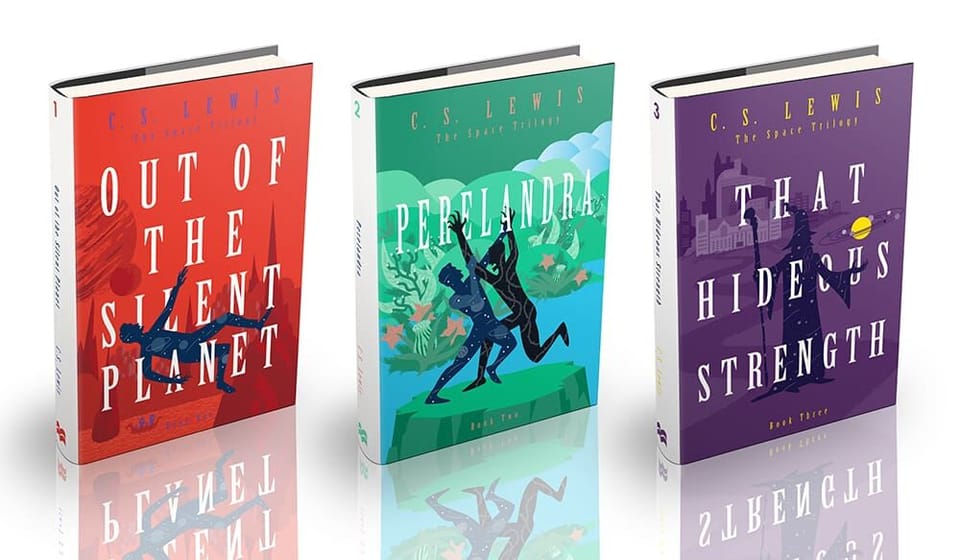Truth and Beauty


I’m a little late to the party. I’m finally reading C.S. Lewis’s space trilogy. I found it a bit slow at first, but near the end of the first book I found myself engrossed more than I’d expected.
Lewis understood the power of fiction to communicate what non-fiction can’t. Lewis aimed to capture the reader’s imagination. “But supposing that by casting all these things into an imaginary world,” Lewis asked, “could one not thus steal past those watchful dragons?” That’s exactly what Lewis does in the trilogy. He manages to communicate profound truths:
- Sin — we are the “bent ones” living in a world that’s under the influence of the Bent One
- Death — “The weakest of my people does not fear death. It is the Bent One, the lord of your world, who wastes your lives and befouls them with flying from what you know will overtake you in the end.”
- Salvation — “You have shown me more wonders than are known in the whole of heaven."
Lewis writes so that the truth becomes beautiful. And that’s what we need: beautiful truth. We need not only to see the logic of truth but the beauty of truth if it’s going to penetrate our souls.
Philip Cary writes:
What gets Christians moving in the right direction is thus not advice about how to change our hearts but teaching that shows us more clearly the reality and beauty of Christ himself. The preacher's job is not making Christ relevant to us but helping us to see his beauty-so that we may know what is glorious, wonderful, and joyous about our Beloved.
In the end, it’s not just truth that we need. It’s truth and beauty.
If you haven’t yet read Lewis’s space trilogy, get reading. I’ve spent years trying to learn how to communicate truth. I feel like I’m only just beginning to learn how to communicate truth combined with beauty.






